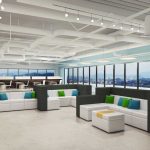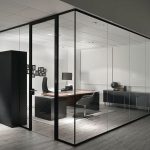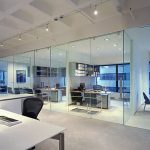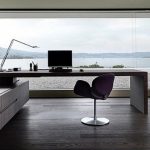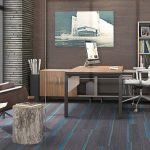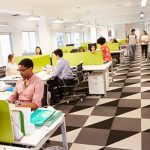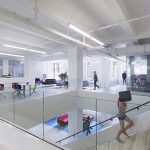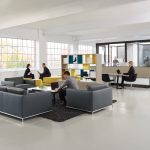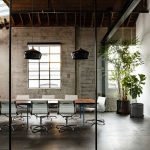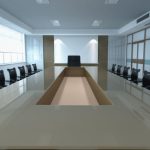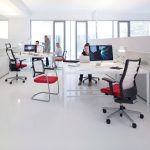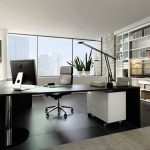As an Amazon Associate I earn from qualifying purchases.
The Future of Workplace Design
The way we work is constantly evolving, and with it, so too is the design of our workplaces. In recent years, there has been a shift towards creating more flexible and collaborative work environments that cater to the diverse needs and preferences of employees. As we look towards the future, it’s clear that workplace design will continue to play a crucial role in shaping the way we work.
One of the key trends in workplace design is the emphasis on creating spaces that promote collaboration and communication among employees. Open-plan offices, communal workspaces, and shared meeting areas are becoming increasingly popular as companies recognize the importance of fostering a sense of community and teamwork within their organizations. By breaking down physical barriers and encouraging interaction between employees, these types of spaces can lead to increased creativity, innovation, and productivity.
Another important consideration in the future of workplace design is the growing focus on employee well-being and mental health. Companies are beginning to recognize the impact that the physical environment can have on the overall happiness and engagement of their employees. As a result, we are seeing a rise in the incorporation of elements such as natural light, plants, ergonomic furniture, and spaces for relaxation and mindfulness practice in office design. These features not only create a more pleasant and comfortable work environment but also contribute to improved employee health, satisfaction, and retention.
Technology is also poised to play a significant role in shaping the future of workplace design. With the rise of remote work and virtual collaboration tools, the traditional office space is no longer the sole hub of productivity. As a result, companies are reimagining their physical spaces to cater to a more mobile and flexible workforce, with a greater emphasis on incorporating technology-enabled solutions such as smart systems, digital signage, and cloud-based collaboration platforms.
In addition, sustainability is a key consideration in the design of future workplaces. As the global focus on environmental responsibility and green practices continues to grow, companies are increasingly incorporating sustainable design principles into their office spaces. This can include features such as energy-efficient lighting, eco-friendly materials, waste reduction programs, and green spaces that promote environmental awareness and stewardship.
Overall, the future of workplace design is shaping up to be a dynamic and ever-evolving landscape. By prioritizing collaboration, employee well-being, technology integration, and sustainability, companies can create spaces that not only support their business objectives but also nurture a positive and productive work culture for their employees. As we move forward, it will be exciting to see how these trends continue to influence the design of workplaces and the way we work.
Amazon and the Amazon logo are trademarks of Amazon.com, Inc, or its affiliates.
 yonohomedesign.com Garden and Interior Design Ideas
yonohomedesign.com Garden and Interior Design Ideas
